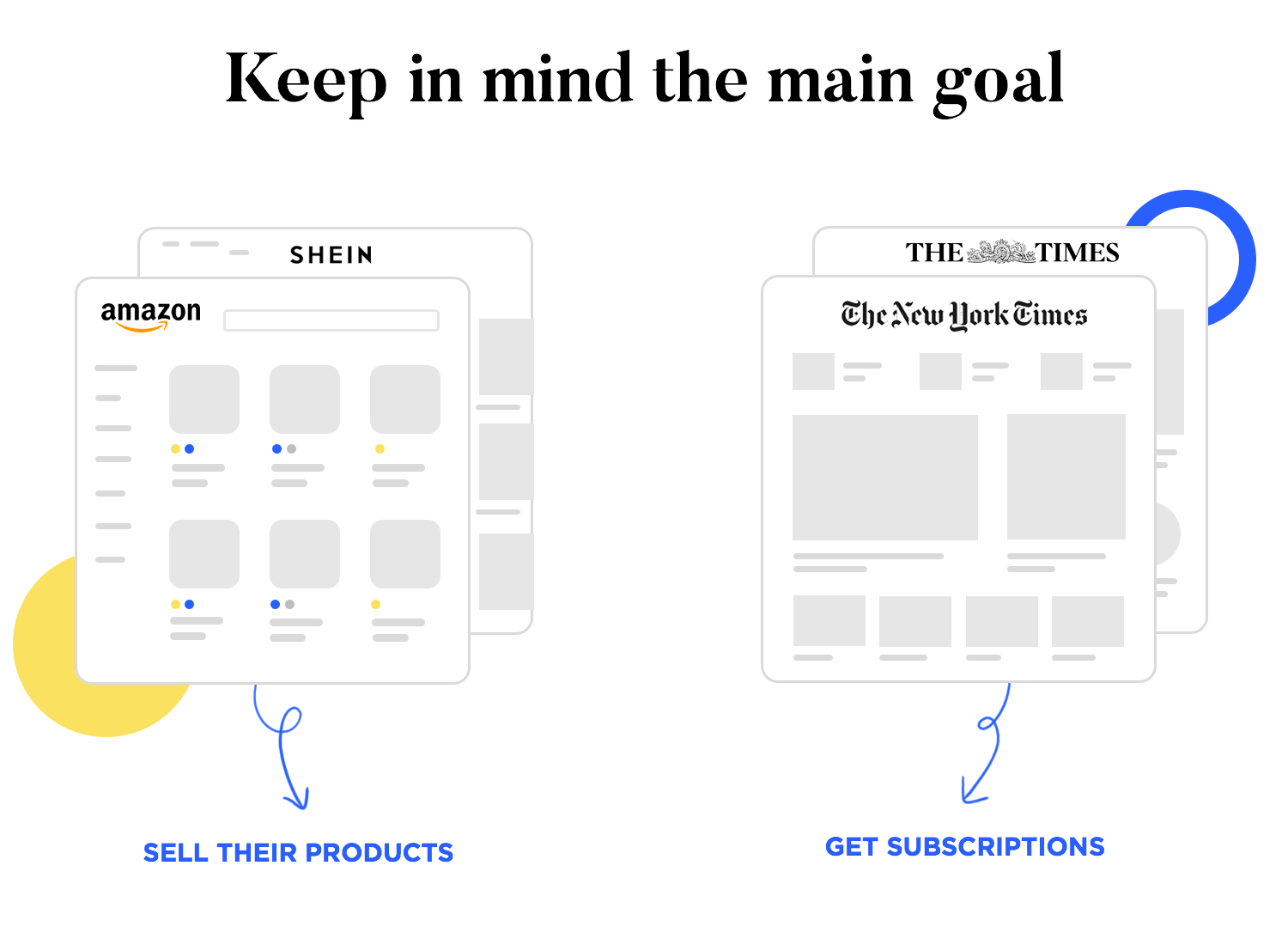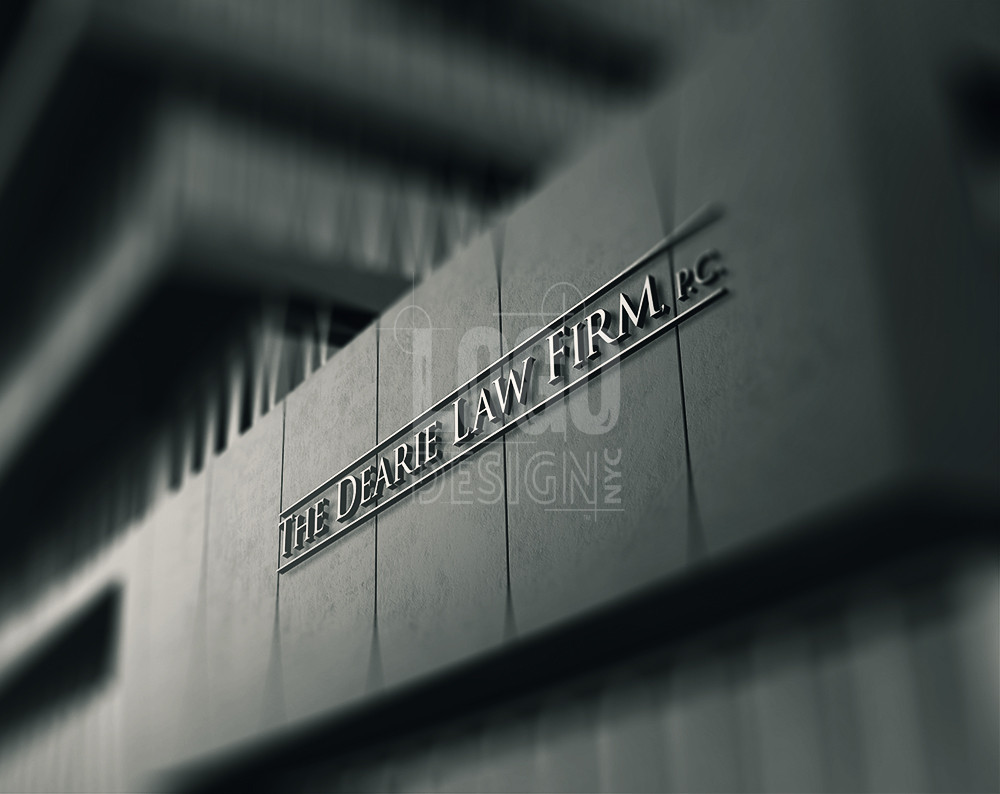Table Of Content

However, it’s important to note that design is not solely about aesthetics.
Popular related searches
Pattern uses a repeated arrangement of elements to create consistency and unity throughout. Patterns can be regular or irregular, symmetrical or asymmetrical balance. This picture cleverly uses negative space to outline the person's body. Even though there is nothing there, we can make up where his legs and body are based on the elements around him. It provides breathing room between other design elements to highlight spaciousness.
Have a purpose

Since menu links and CTAs serve different functions, they’re visually separated. Applying this principle is all about making wise use of spacing. The elements that make up a group should be closer together than those of different groups.
The Circular Design Guide - ellenmacarthurfoundation.org
The Circular Design Guide.
Posted: Fri, 05 Apr 2024 19:09:45 GMT [source]
Visual Hierarchy: Organizing content to follow natural eye movement patterns
The more choices available, and the more complex each of them is, the more time it’ll take for users to arrive at a decision. The extra spacing between buttons will ensure that users don’t click on the wrong icon accidentally. As a rule, the minimum clickable area for mobile designs should be 40 x 40 pixels. Tell us in the comments what guides your process and helps you design better. They can see through shallow marketing jargon — they want and expect brands to be real.
This is why it’s important to make sure you select the right images in your web designs. Consider using complementary colours in your designs to create an air of balance and harmony. A well considered and thought out colour palette can really help elevate a website’s design. Alternatively you can use repetition of user actions to enforce behaviour and generate a consistent user experience. Placing too many elements on a page can distract users from the main purpose of your website.
The Key Elements & Principles of Visual Design
Such features create a sense of urgency that is effective in compelling action. However, they can be nerve-racking for users, and UX designers have begun rebelling against them. These are all excellent guide posts for web design, but we wanted to dig deeper. How are designers abiding canonical rules and, in some instances, finding wiggle room to break them? We spoke with Schultz and designers at Clay, Codal and Squarespace, for a window into the web design principles they find most useful.
Thus creating a symmetrical feel, rather than having all the images on the left and all the text on the right for the whole page. Now, to produce interesting and eye catching images place compositionally important elements along any of these lines, or their intersections. When designing, make sure you pay special attention to the choices you incorporate into your designs. Web design principles such as Hick’s Law, Rule of Thirds, Visual Hierarchy, Contrast, F Pattern, Typography, Colour, Consistency and many more.
If your bounce rate is low and people frequently visit multiple pages on your site, search engines will likely rank you higher than a competitor with a high bounce rate. With modern website design this is achieved through responsive websites. Websites that respond by resizing to fit to the viewers screen size. If navigation is confusing for users it’s likely they will click off your site and you will lose a potential customer. For a website to be effective it needs to be obvious and simple to navigate from page to page, product to product or service to service.
The website is elegantly designed and uses soft, pastel colors that are pleasing to the eye. You can go the trendy route with flat colors and simple templates or stick with the classic design where you have to spend hours designing your site from scratch. Dribbble has you covered even if you were looking for design options to create landing pages, apps, animation, branding, and more. Use images that represent your brand, service, and products by all means. But you don’t want to include irrelevant images or any that don’t tell the story or add value.
From its headquarters in Los Angeles, EMRG partners with companies to develop their branding and digital strategy. It specializes in creating conversion-focused websites and data-driven PPC campaigns. Through researching its client’s business, competition, and consumer behavior, it develops customized strategies to make its client’s brands stand out against competitors. In addition to web design and PPC, it offers SEO, social media, and reputation management services. EMRG has collaborated with multi-billion dollar and Fortune 500 companies, as well as emerging start-ups and small to medium-sized businesses.
This has enabled our clients to enter new markets, build and strengthen customer relationships, and gain the competitive advantage they need to succeed. Expert professionals and proven processes, all working together, strategically, deliver the very best in web design. Knowing these elements and principles will help you see beyond what's tangible and produce more professional designs. Learning the elements and principles of design is essential to becoming an exceptional artist or designer. It's when every design element and principle comes together as one, creating harmonious flow and tranquility. The elements of design are the building blocks of visual art, including point, line, shape, and space.
You can also use different font sizes to make your content more exciting and readable. Ensuring your designs are consistent across channels will help to build trust and credibility with your target audience. The same goes for an online presence that shoppers and potential customers will take notice of.
Focus on emotion – the pleasure of use is as vital as ease of use; arouse users’ passion for increasing engagement. Use defaults wisely – when you offer predetermined, well-considered options, you help minimize users’ decisions and increase efficiency. Most applications will highlight this setting in red so it stands out.
As another example, on the homepage of a blog where previews are displayed chronologically, the title, description, and image of each post should be visually grouped together. There’s room in a design for traditional typefaces and ones with more personality. For large blocks of content and other important information, a straightforward font makes for better readability. Stylized typography should be treated like strong spices — add a little here and there for a bit of flavor.


No comments:
Post a Comment